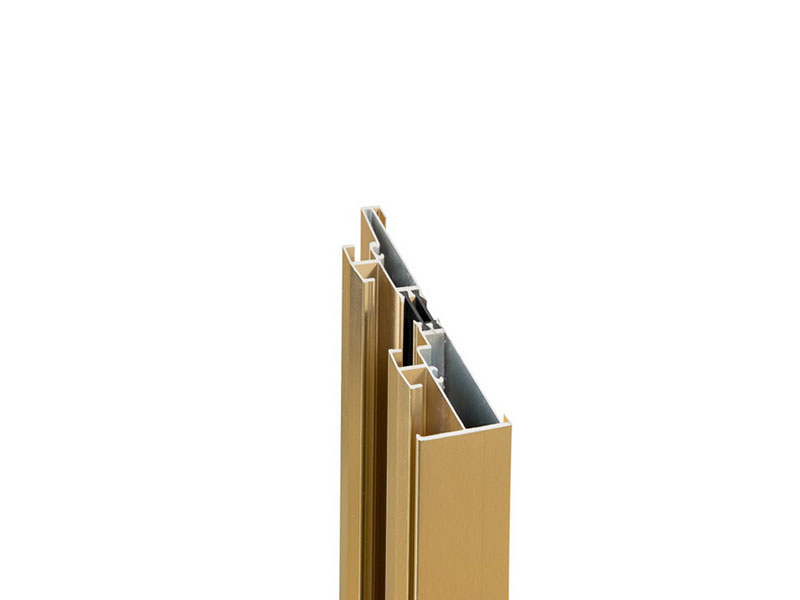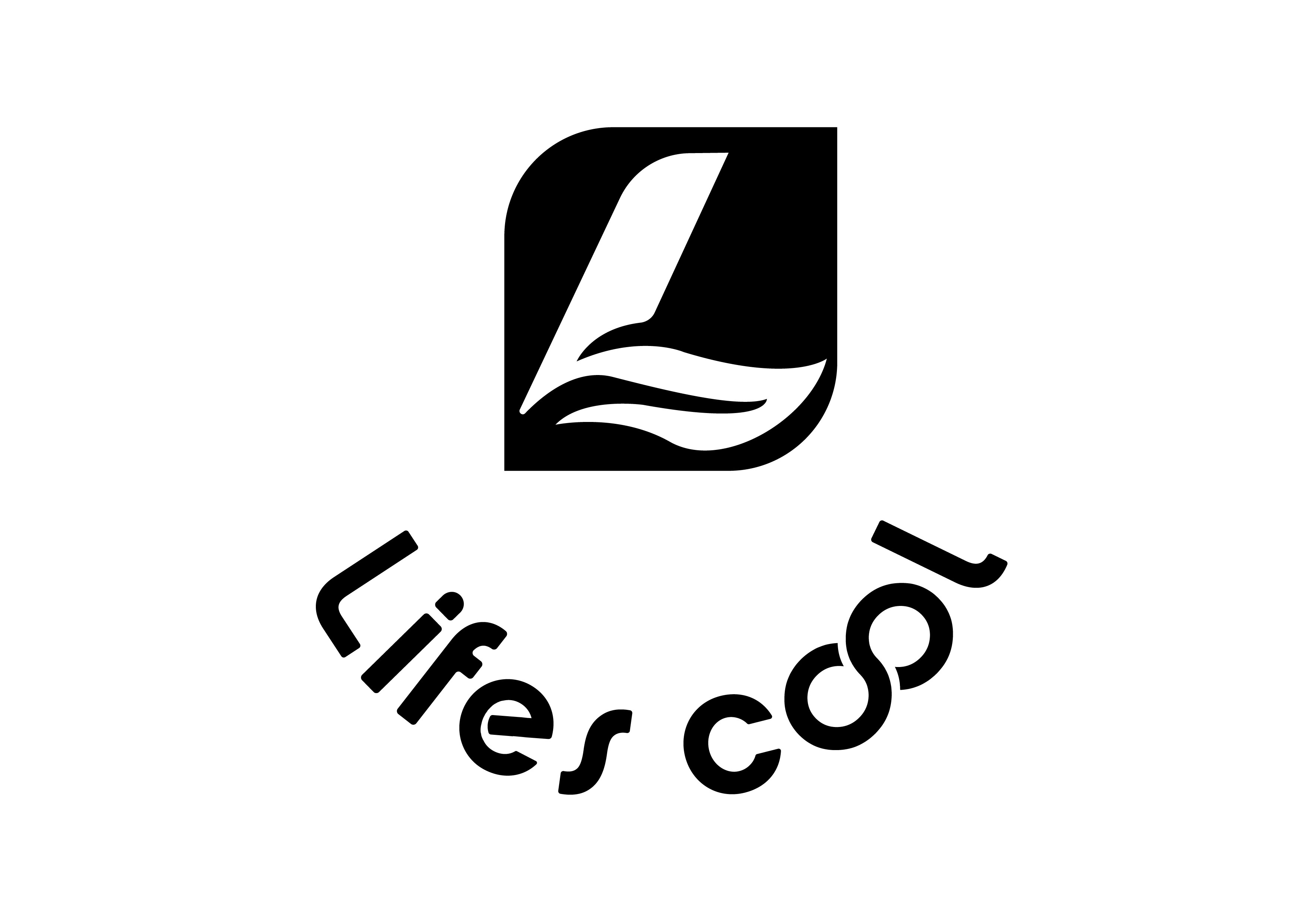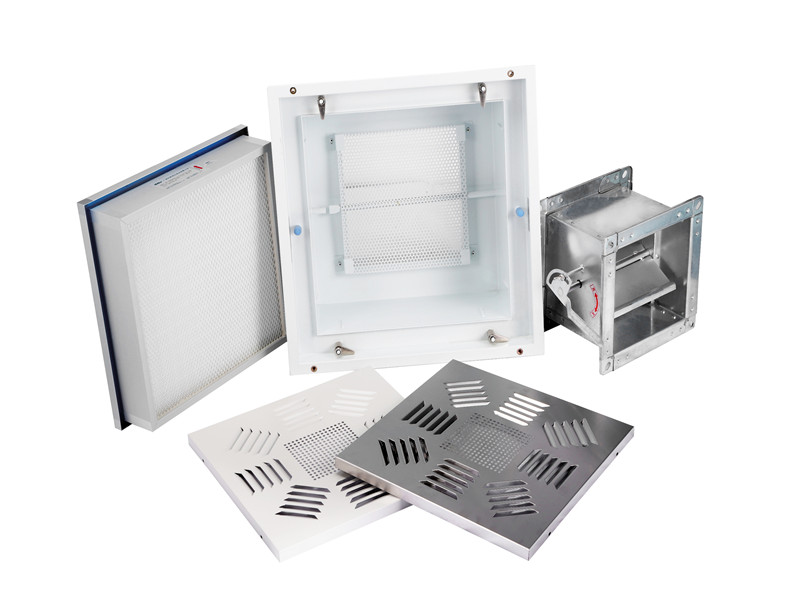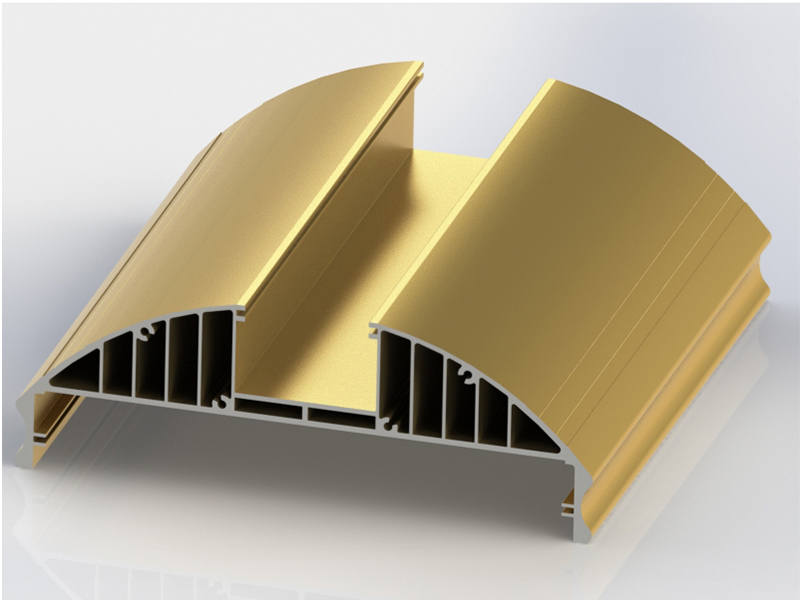
The hardness of industrial aluminum profiles and accessories.
The aluminum profile industry conducted a detailed survey on the materials used in various industries and found suitable materials for the use of aluminum profiles, thereby expanding the market for industrial aluminum profiles.
At present, in order to improve the hardness of industrial aluminum profiles, new technical methods are adopted:
1. Setting and control of industrial aluminum profiles temperature: Generally, there is a certain error between the temperature and the apparent temperature. When setting the surface temperature, it should be set according to the actual temperature of the furnace and pay close attention to the temperature fluctuations. .
2. Aging insulation of industrial aluminum profiles: Aging insulation should be carried out in strict accordance with the process requirements, and the insulation time should be appropriate to prevent underaging or overaging from causing insufficient hardness. The blanks are framed and furnaced.
3. The extrusion frame of industrial aluminum profiles should not be too dense, and there should be a gap between the materials, especially the small and thick materials that are not ventilated, and the pipe materials, small materials, and sheets should be combined in one frame. When the pipe material is placed underneath, it is conducive to the aging cycle air supply.
4. Before the aluminum profiles is loaded into the furnace, other special alloys and ordinary alloys shall be loaded separately for aging. If it is due to production reasons, when aging in the same furnace is required, a special alloy process should be used for aging.
Newly produced aluminum profiles need to be aged to increase their hardness. Aging can be divided into two types: natural aging and artificial aging. Manufacturers attach great importance to the hardness of aluminum profiles. Through technological innovation, products are more in line with market demand and meet the needs of different industries for the hardness of aluminum profiles.
At present, in order to improve the hardness of industrial aluminum profiles, new technical methods are adopted:
1. Setting and control of industrial aluminum profiles temperature: Generally, there is a certain error between the temperature and the apparent temperature. When setting the surface temperature, it should be set according to the actual temperature of the furnace and pay close attention to the temperature fluctuations. .
2. Aging insulation of industrial aluminum profiles: Aging insulation should be carried out in strict accordance with the process requirements, and the insulation time should be appropriate to prevent underaging or overaging from causing insufficient hardness. The blanks are framed and furnaced.
3. The extrusion frame of industrial aluminum profiles should not be too dense, and there should be a gap between the materials, especially the small and thick materials that are not ventilated, and the pipe materials, small materials, and sheets should be combined in one frame. When the pipe material is placed underneath, it is conducive to the aging cycle air supply.
4. Before the aluminum profiles is loaded into the furnace, other special alloys and ordinary alloys shall be loaded separately for aging. If it is due to production reasons, when aging in the same furnace is required, a special alloy process should be used for aging.
Newly produced aluminum profiles need to be aged to increase their hardness. Aging can be divided into two types: natural aging and artificial aging. Manufacturers attach great importance to the hardness of aluminum profiles. Through technological innovation, products are more in line with market demand and meet the needs of different industries for the hardness of aluminum profiles.



